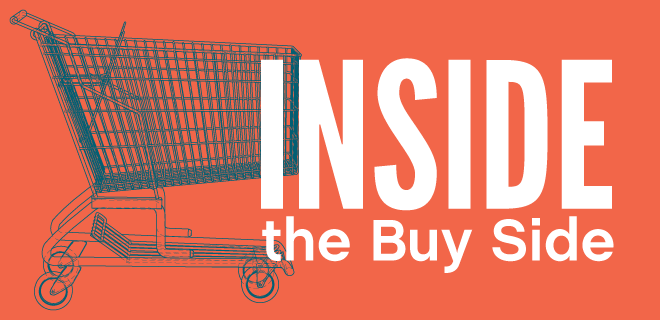
Brands and agencies should be careful and educate themselves. Do not test some of these so-called “blockchain tests or solutions” without knowing what you’re getting yourself into. Otherwise, the industry will come to doubt the veracity of blockchain because of a few bad actors, before it can deliver the changes it promises.
The first thing to consider is that building blockchain applications on top of OpenRTB is doomed for failure. The protocol is inherently flawed. Attempting to solve for transparency and fraud using blockchain on OpenRTB is like giving a mugger a gun and trusting he would never commit a crime, just because he says he won’t.
With blockchain, you can trust that the entity that wrote to the blockchain did so, and what was written cannot be changed. It does not make the data they entered any more “valid” or “real.” If a fraudulent SSP/DSP/exchange or media property simply hashed their fraud to the blockchain, I’m not sure it would be noticed in OpenRTB. In fact, if people blindly trust a blockchain, fraud will probably be easier.
Blockchain, if used properly in ad tech, will surface as a new protocol layer to replace OpenRTB and its inherent flaws.
Many of the blockchain solutions that are being built on OpenRTB actually are no different than PMPs of trusted partners that already exist. TrustX is much more trustworthy than something like Truth Agency, since TrustX is focused on the publishers.
Blockchain, if used properly in ad tech, will surface as a new protocol layer to replace OpenRTB and its inherent flaws. We will address middlemen, undisclosed fees, opaque trading agreements, rebates, ad taxes or intermediary fees, and inappropriate ad placement. But this will take some time. I have spent the last 18 months consulting in blockchain, and can say with absolute confidence that there are no commercially viable applications of blockchain today at any scale in advertising.
Blockchain will deliver the next version of the web, and it will transform our day-to-day and solve many of our current challenges. Spend some time learning about the real promise of the technology, educate your teams, and don’t leap until you are clear on what you are jumping into. Don’t be fooled by the hype or make premature decisions that you will regret. That is the “Truth.”
Expect to see initial traction from the first generation of solutions, as early adopter CMOs and digital marketing leads begin to experiment in the next 12 to 18 months. You will hear of preliminary proof-of-concept implementations that eliminate privacy concerns, ensure transparency, improve reporting accuracy, reduce fraud, speed the time for reconciliation, and reduce costs in the advertising supply chain. You may also see downward price pressure on traditional agencies responding to the competitive threat.
There are some fantastic examples of work with blockchain by brands outside of media:
Burger King created a “Whoppercoin” in the Russian market. Over the summer, Burger King Russia created its own form of currency that ties in with its loyalty program. Hosted on Waves, a platform where users swap blockchain tokens of a determined value, Whoppercoins are each worth one ruble and stored in a digital wallet. After 1,700 Whoppercoins (equal to about $30), customers get a free burger.
Whoppercoin has the trappings of a PR stunt, but Waves Business Development Director Maxim Pertsovskiy’s comments say otherwise. “We are confident that this decision will promote the popularization of blockchain technology in Russia,” he said in a statement. Burger King also announced plans for a Whoppercoin app.
Applying blockchain to a package of mangoes, Walmart traced the fruit to its original source in two seconds, something that could otherwise take weeks. The world’s largest retailer will use IBM’s Blockchain Platform to track food throughout the entire supply chain to ensure quality in an efficient manner. Similarly, the two companies formed a consortium over the summer with several other major players in the grocery and consumer packaged goods (CPG) spaces—Unilever, Nestlé, Tyson Foods, Kroger, Dole, Driscoll’s, McLane, McCormick and Golden State Foods—to identify areas of improvement and ultimately make the food supply chain safer.
The increased transparency that benefits the food supply chain also applies to the diamond industry, which has catalyzed slavery and violence in war-torn African nations. In 2002, the United Nations General Assembly pioneered a process to authenticate diamonds and declare them conflict-free. Along those lines, De Beers, the world’s largest diamond producer, just announced plans for the first industry-wide blockchain to track gems from the moment they’re excavated. The technology can verify a diamond’s purity in a secure way, while also ensuring it didn’t originate in conflict zones. De Beers has begun this POC, aiming to launch the diamond blockchain this year.
How Can I Help?
If I can be a resource as you look at the space, feel free to ping me – but please do not jump right in. Doing so at this stage will only lead to regret or worse – your perception that blockchain is all smoke and no fire.